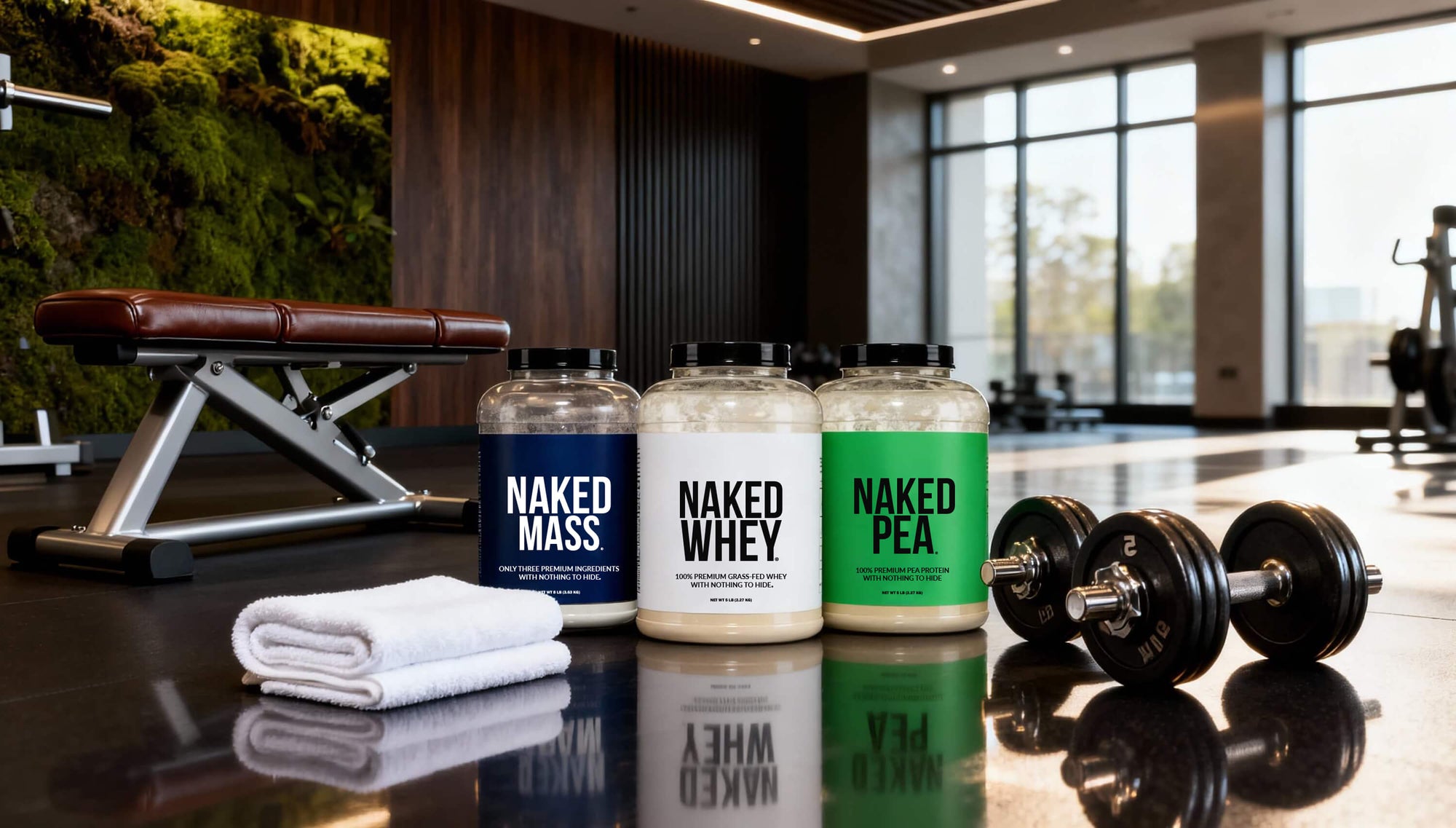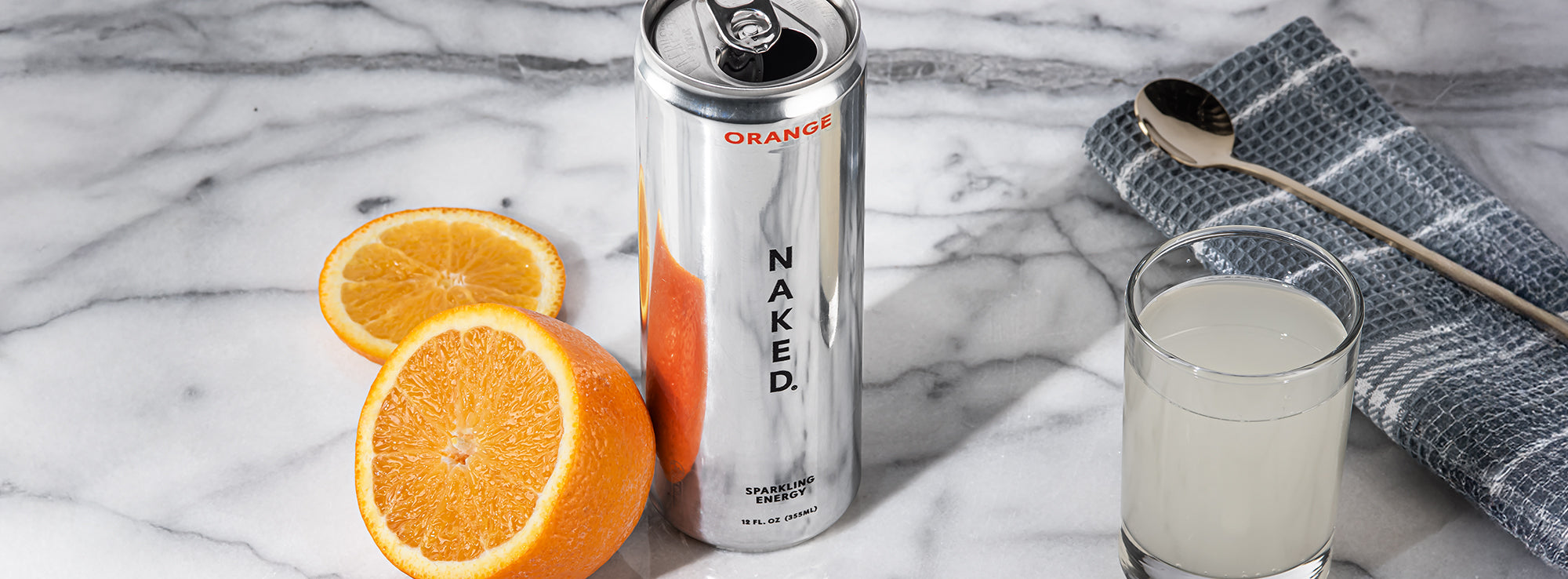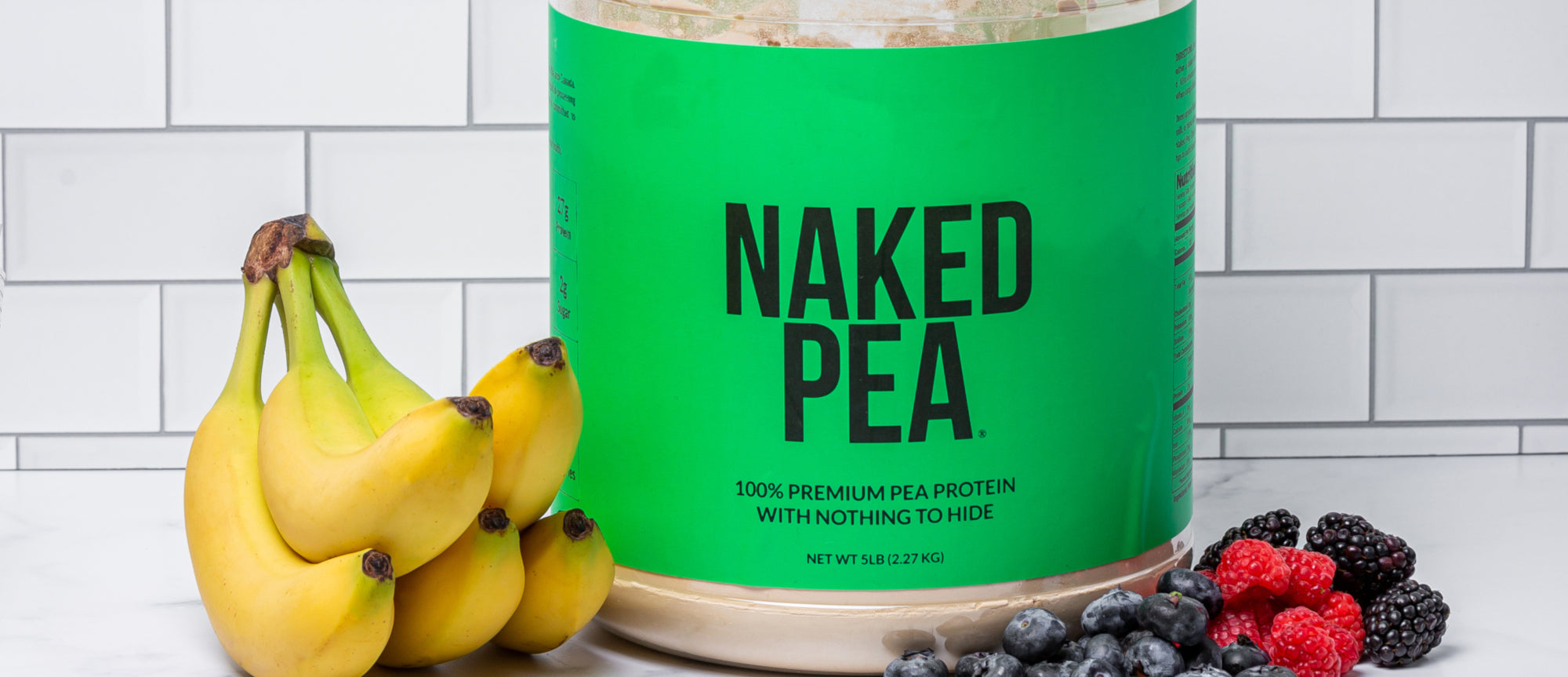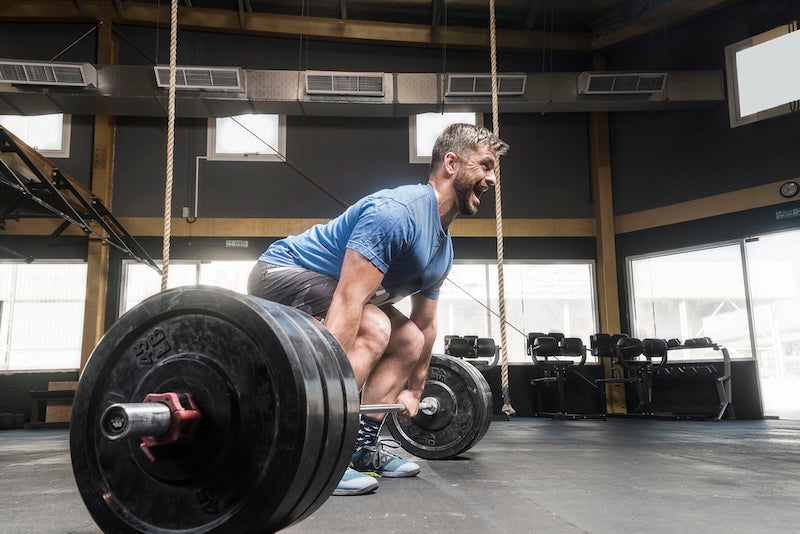The deadlift is one of the best exercises you can do for building strength. But there’s more than one way to deadlift.
Two of the most popular variations are the conventional deadlift (done with a straight barbell in front of you), and the trap bar (or hex bar) deadlift. Both lifts can build strength and muscle, but they feel different and have different benefits.
So which one should you do? Is one better for your back? Does one build more power? Which one fits your goals?
In this article, we’ll look at how each deadlift works, what muscles they hit, the pros and cons of each, and what the science says about them.
Trap Bar vs Conventional Deadlift: Movement Mechanics

At first glance, both deadlifts look similar. You pick a weight up from the floor and stand tall with it. But the way your body moves and how the weight loads your muscles is different.
Key differences at a glance:
-
The conventional deadlift uses a straight bar in front of your body, which means you have to push your hips back more and lean forward slightly to clear your knees.
-
The trap bar deadlift has you standing inside the bar, so the weight is centered around your body. This lets you keep your torso more upright and bend your knees a little more, almost like a squat.
-
Because of these setup differences, the conventional deadlift puts more stress on your hamstrings and lower back, while the trap bar shifts some of that work to your quads.
How to Perform a Conventional Deadlift
-
Stand with your feet about hip-width apart and the bar over the middle of your feet.
-
Grip the bar just outside your legs.
-
Push your hips back and keep your spine straight, like you’re closing a car door with your hips.
-
Take a deep breath, brace your core, and stand up by driving your feet into the floor and pushing your hips forward, keeping the bar close to your legs the whole time.
-
Lower it back down under control.
How to Perform a Trap Bar (Hex Bar) Deadlift
-
Step inside the trap bar and grab the handles at your sides, with your hands in a neutral position (palms facing each other).
-
Drop your hips slightly lower than in a conventional deadlift and keep your chest more upright.
-
Brace your core, push through your heels, and stand tall while keeping your back straight.
-
Lower the bar back to the ground the same way.
What Muscles Do Trap Bar vs Conventional Deadlifts Work?

Both deadlifts are full-body lifts, but they don’t work your muscles in exactly the same way.
The conventional deadlift is more of a hip hinge. Because the bar is in front of your legs, you have to push your hips back and lean forward slightly. This loads your hamstrings, glutes, and lower back muscles (spinal erectors) more heavily.
Your upper back and grip also get a good workout because you have to keep the bar close and stable as it moves up your legs.
The trap bar deadlift shifts the weight so it’s directly under your center of mass. This lets you bend your knees more and stay more upright, which brings your quadriceps (front thigh muscles) into the movement.
The glutes still work hard, but your hamstrings and lower back do a bit less than in a conventional deadlift.
Key takeaway: Conventional deadlifts target the back of the body (hamstrings and spinal erectors) more, while trap bar deadlifts bring the quads into the mix. Both build your glutes, grip, and core, but in slightly different ways.
Trap Bar Deadlift Pros and Cons
The trap bar deadlift has grown in popularity, because it’s easier to learn and easier on the lower back for many people. But it’s not perfect for every goal.
Let’s take a look at the pros and cons.
Pros
-
The trap bar lets you stand inside the bar with your hands at your sides, which keeps the weight centered, puts less stress on your lower back and makes it easier to keep your spine in a safe position.
-
Because your torso stays more upright, most people feel more comfortable and can often lift heavier loads.
-
The movement creates higher bar speed and power output, useful for athletes who need explosive strength for sprinting or jumping.
-
It’s beginner-friendly – easier to learn good form.
Cons
-
The trap bar isn’t used in powerlifting competitions, so it doesn’t directly carry over if competitive powerlifting is your goal.
-
It doesn’t load your hamstrings and lower back as much, so if you want maximum development of those areas, you’ll need to add extra exercises.
-
Not every gym has a trap bar, so access can be an issue.
Conventional Deadlift Pros and Cons
The conventional deadlift is the classic version of the lift and one of the best tests of raw strength. But like any exercise, it comes with trade-offs.
Pros
-
Great for building strength in the posterior chain – it hits the entire back of your body, especially the hamstrings, glutes, and spinal erectors.
-
Deep benefits for athletic power, posture, and injury prevention.
-
It’s the standard deadlift used in powerlifting, so it’s essential if you want to compete.
-
Carries over well to real-life tasks like picking up heavy objects safely.
Cons
-
It places more stress on the lower back and requires more mobility in the hips and ankles to do safely.
-
The learning curve is steeper than with a trap bar, and poor technique can increase injury risk, especially when fatigue sets in.
-
Some people with long legs or previous back issues may find it uncomfortable or harder to perform well.
Strength, Power, and Speed: Which Deadlift Is Better for Performance?

Both types of deadlifts build strength, but they do it in slightly different ways.
The conventional deadlift is the better choice if you want to build raw pulling strength and a strong posterior chain.
Because it puts more load on your hamstrings and lower back, it builds those areas like few other lifts can. This is why powerlifters and strongman athletes rely on it as a key measure of strength.
The trap bar deadlift is often better for building explosive power.
A 2011 study in the Journal of Strength and Conditioning Research found that lifters were able to produce more peak force, velocity and power, and an 8% higher 1RM, with the trap bar.
Studies in 2016 and 2017 found similar results.
The more upright position lets you push through your legs like a jump, making it a good option for athletes in sports like football, basketball, and track, where speed and jumping ability are key.
Key takeaway: For maximum strength and posterior chain development, go with conventional. For athletic power and speed, go for the trap bar.
Joint Stress and Injury Risk: Which Is Safer?

One of the biggest questions people have is which deadlift is easier on the body.
The conventional deadlift puts the bar in front of your body. This means your torso leans forward more, which increases the load on your lower back.
If you have good technique and a strong core, this isn’t necessarily unsafe. But it does require more skill and mobility.
For people with existing lower back issues, the conventional deadlift can feel challenging or even risky.
The trap bar deadlift keeps the weight closer to your body’s center of mass. This lets you keep a more upright torso, reducing the stress on your lower back. It also spreads the load more evenly between your hips and knees.
The trade-off is that your knees take a little more of the work, which may matter if you already have knee problems.
Key takeaway: The trap bar deadlift is often easier on the lower back and a safer choice for beginners or people with back limitations. The conventional deadlift is safe too when performed correctly, but it has a smaller margin for error.
Long-Term Training Adaptations
Both deadlifts build strength and muscle, but how your body adapts depends on which one you focus on.
Training the conventional deadlift over time tends to build a stronger posterior chain (your hamstrings, glutes, and lower back).
This carries over well to other hip-hinge movements, like Romanian deadlifts or kettlebell swings, and can help improve raw pulling strength and posture.
Many lifters also find their grip strength improves more quickly with conventional deadlifts because the bar naturally wants to roll out of your hands.
The trap bar deadlift often allows for heavier or faster lifts, which is great for building total-body power.
Athletes who use it regularly often see improvements in sprinting, jumping, and other explosive movements.
Because it’s easier to learn, it also allows newer lifters to train hard without worrying as much about form breakdown under heavy load.
Key takeaway: Over months or years, both lifts build muscle and strength, but conventional deadlifts lean more toward pure strength and back development, while trap bar deadlifts tend to support athletic power and speed.
How to Choose the Right Deadlift for Your Goals

The best deadlift for you depends on what you’re trying to achieve, your body type, and any limitations you might have.
-
If your goal is maximum raw strength or you want to compete in powerlifting, the conventional deadlift is the clear choice. It’s the standard competition lift and builds the posterior chain like nothing else.
-
If your focus is athletic performance, the trap bar deadlift may be a better fit. Its more upright position allows you to produce force quickly and safely, which often transfers well to sports.
-
For general strength or everyday fitness, either option works. Many beginners prefer the trap bar because it’s easier to learn and puts less stress on the lower back, while still training almost every major muscle group.
-
If you have mobility issues or back pain, the trap bar is usually safer and more forgiving. However, you can still do conventional deadlifts with good coaching and lighter loads while working on mobility and form.
Key takeaway: Choose the lift that matches your main goal, and don’t be afraid to use both. Many lifters benefit from mixing them in over time; using the trap bar for speed and power work, and the conventional for raw strength.
Final Thoughts: Trap Bar vs Conventional Deadlift
Both the trap bar and conventional deadlift are excellent ways to build strength, but they work your body in slightly different ways and suit different goals.
The conventional deadlift is best for building raw pulling strength, developing the entire back side of your body, and for competition training.
The trap bar deadlift is easier to learn, puts less stress on the lower back, and allows you to lift with more speed and power.
Neither lift is “better” overall. It depends on what you need. Many lifters use both, and you can too. Try them out and see what delivers the best results for your training.





